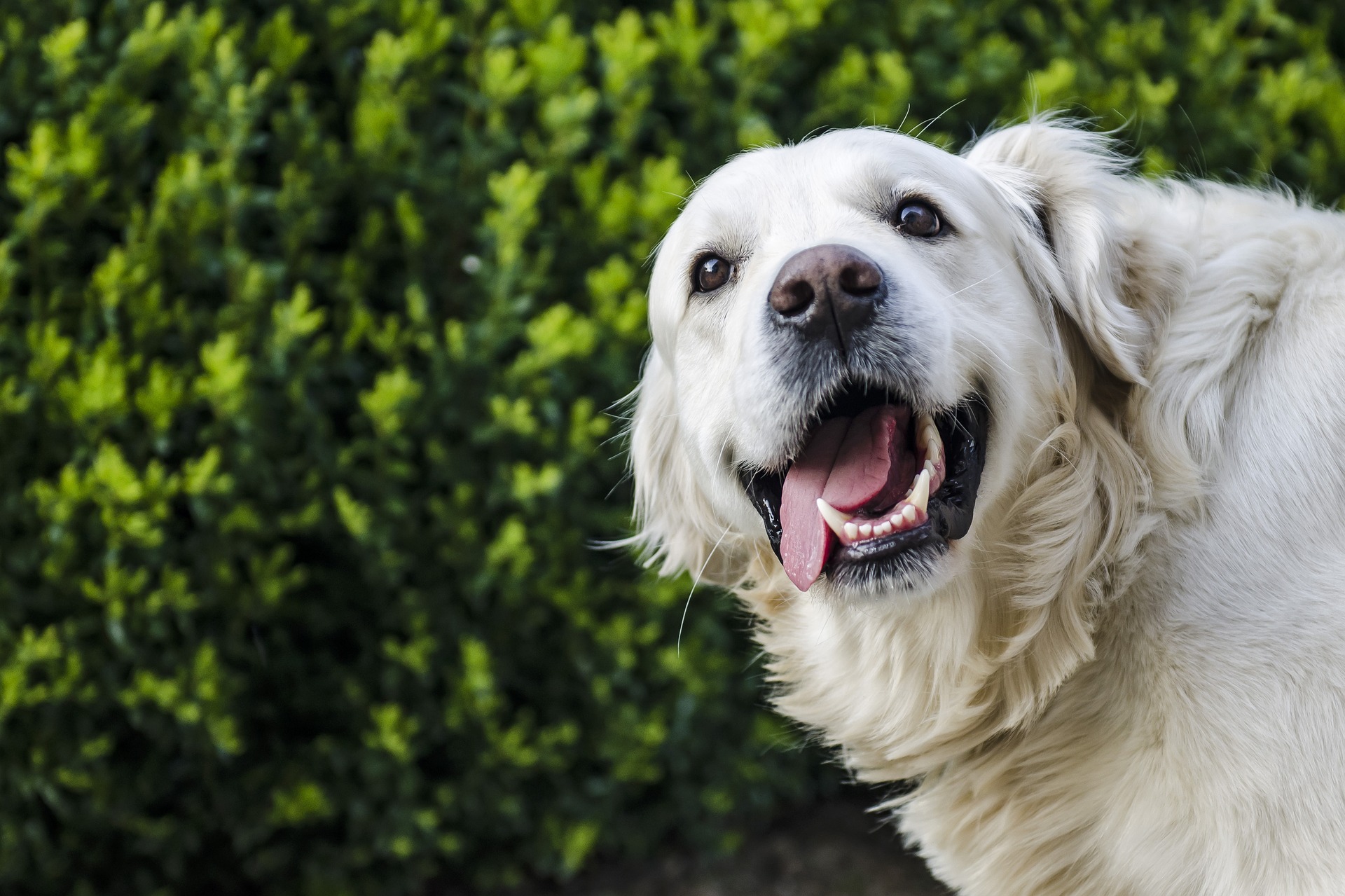
14 Feb Pet Gum Care and Periodontal Disease
When it comes to pet gum care, consistent tooth brushing and annual oral exams are essential. We’ve also discussed the benefit of dental chews on the oral health of your canine companion. However, even with immaculate oral hygiene, your pet may still be at risk for gum diseases such as gingivitis or periodontal disease.
What is Periodontal Disease in Pets?
Periodontal disease has been documented as one of the most common oral health conditions of our canine and feline patients. It is a persistent and progressive disease process, defined as inflammation of the tissues surrounding the teeth.
Gingivitis is inflammation of the gingiva (gums) and precedes periodontitis. Clinical findings relating to gingivitis include reddening and/or swelling of the gums, and bad breath. The gums may easily bleed when the dog or cat is chewing on food or toys.
Unless we make a habit of looking in our pets’ mouths, these early signs of gingivitis and periodontitis often go undetected. The patient may continue to eat and exhibit normal behavior as a way to mask any symptoms of pain or discomfort.
The Makeup of Your Pets Teeth
Each tooth in our pet’s mouths is anchored in place by 4 structures; alveolar bone, periodontal ligament, cementum and gingiva. The tooth root rests in a bony socket (alveolus) and is covered by cementum. The periodontal ligament serves as the attachment of the cementum to the surrounding bone. These structures are all below the gum line and are not visible on examination.
The gingiva (gum tissue) is the soft tissue that surrounds the base of each crown. It serves as a barrier and first line of defense against plaque bacteria.
Plaque Formation
Dogs and cats, just like humans, have mouths that are full of bacteria. These bacteria, in combination with saliva, form a biofilm on the teeth. This biofilm will lead to plaque formation. The plaque formation is continuous without treatment and begins just hours after our pets receive a Comprehensive Oral Health Assessment and Treatment (COHAT) that includes a complete ultrasonic cleaning of the teeth.
The body’s immune response to plaque formation on the teeth recruits more inflammatory cells and will increase tissue inflammation and ultimately destruction of the tissues surrounding the teeth. As disease progresses, gingivitis will lead to periodontal pocket formation, gingival recession and mobility of the teeth. This disease process will take place over weeks, months and even years.
Detection of Gum Disease in Pets
The unfortunate news is that it’s not possible to have your pet evaluated for periodontal disease without your veterinarian performing a complete oral examination and taking dental radiographs under anesthesia.
As the periodontal tissues are destroyed, plaque bacteria will be allowed to enter the bloodstream and travel to other organ systems, such as the heart, liver and kidneys. There is a well-documented association between periodontal disease and systemic disease of other organs.
As periodontal disease progresses and tissues are destroyed, it is not a question of whether our pets are in pain, but how could they not be in pain?
Unfortunately, our pets will hide pain and continue to eat through oral discomfort. Their survival instinct to eat is so strong, they simply will not give it up. For this reason, at Animal Dental Care and Oral Surgery (serving Colorado Springs and Castle Pines, Co.) we underscore the importance of having a comprehensive prevention and treatment plan in place with your veterinary dentist to help keep your pets free of this prevalent disease. Call us today to schedule your appointment!

